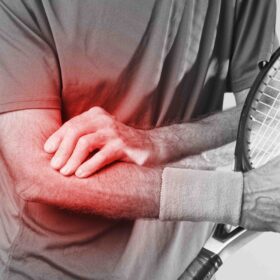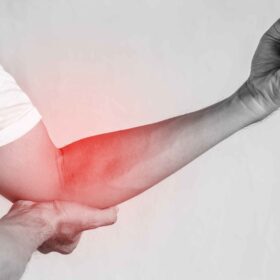Blog
The 6 Most Common Sports Injuries in the UK
Published 03/07/2023
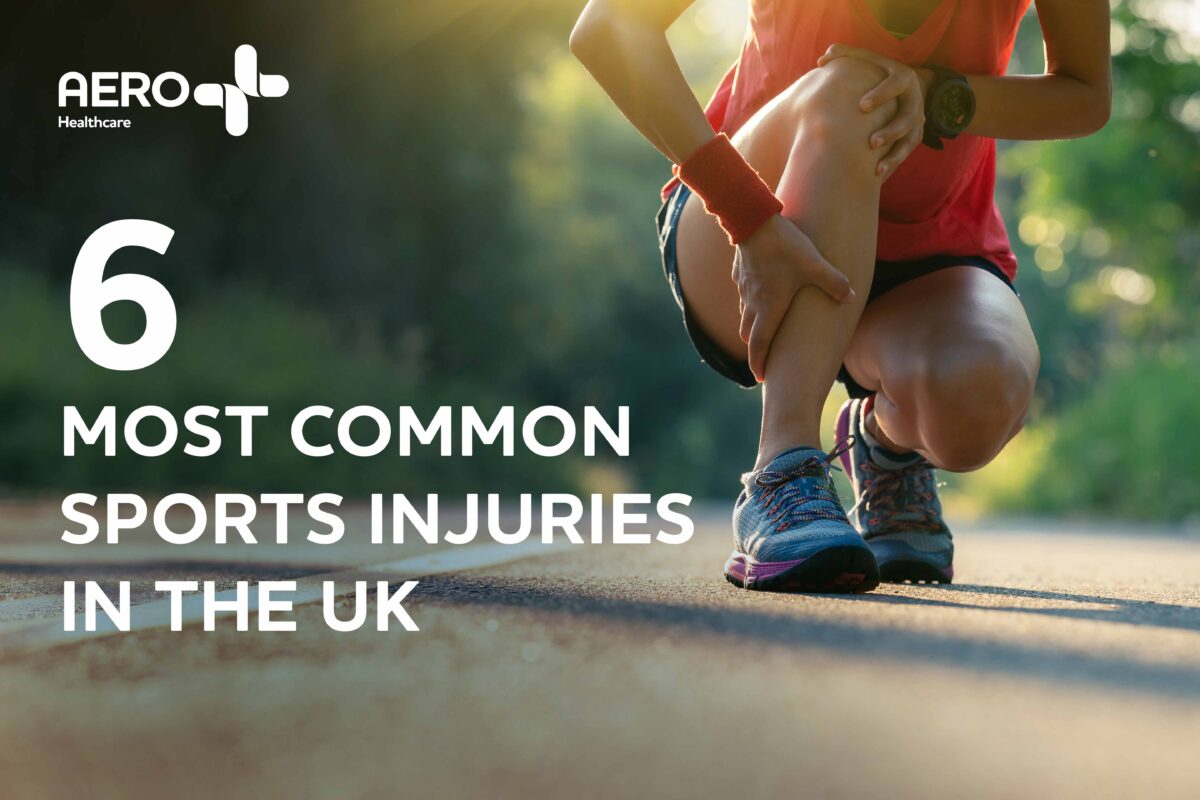
From sprains to muscle tears, Aero Healthcare offers a range of products for the prevention and treatment of the most common sports injuries in the UK.
Sport is full of highs and lows, successes, and failures, and one of the biggest certainties is that injuries occur. From slight strains to broken bones, the inherent danger of suffering an injury is never far away in the world of professional and amateur sport.
Injuries can put you out for prolonged periods of time and may even stop you from working, which could affect your income. So, what are the most common sports injuries in the UK, and how do we treat and prevent them?
Top 6 Common Sports Injuries in the UK
Whether you’re an aspiring athlete, a dedicated weekend warrior, or a concerned parent, understanding the most common sports injuries is essential for injury prevention, proper treatment, and a safe return to the game you love.
Let’s explore six of the most common sports injuries in the UK, their causes, symptoms, and strategies for prevention.
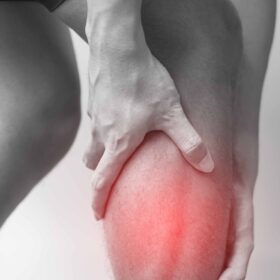
1. Sprains and strains
The most common sports injury is a sprain or strain. They can affect any athlete of any ability and range from slight to severe.
A sprain occurs when the ligaments supporting a joint are stretched or torn, while a strain refers to an injury to a muscle or tendon. Sprains and strains can happen in any sport, but especially those that involve jumping and sudden changes in movement and direction. Therefore, joint areas like knees, ankles, elbows, and wrists are common sites for sprains and strains.
Symptoms: Swelling, pain, limited range of motion, bruising, and instability.
Prevention: Proper warm-up and stretching routines will reduce the chance of a sprain or strain occurring. Wearing the appropriate protective gear, using the correct technique, and gradually increasing the intensity and duration of the sport can also prevent injuries. Hot and cold treatments, such as freeze sprays, are an effective way of dealing with sprains and strains.
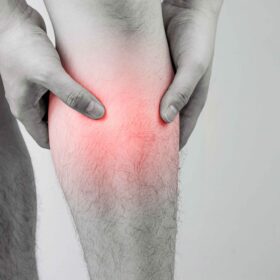
2. Muscle tears
Sports that mainly involve running, accelerating, and regular changes of direction can lead to painful muscle tears in various areas of the body. Muscle tears are graded as minor, moderate, and severe, and can be very painful.
Minor tears can heal within a couple of weeks of the injury occurring with plenty of rest, while more severe tears usually require physiotherapy over a longer period.
Calf tears are among the most common types of muscle tears and the simplest treatment is the PRICE formula which involved Protection from further injury, Rest, Ice, Compression, and Elevation. Hot and cold treatments are effective in the treatment of muscle tears and can be held in place using a hands-free compression cuff.
Symptoms: Sudden muscle pain, muscle spasms, limited movement, muscle weakness, bruising, and muscle that’s sore to touch.
Prevention: Thorough warm-up routines, stretching exercises, avoiding overtraining, taking regular rest days, and staying hydrated help avoid muscle tears.
3. Fractures
Fractures, or broken bones, are among the most extreme sports injuries. High-impact sports like football, rugby, and basketball are closely associated with fractures, but so too are non-impact sports like skiing, cycling, and skateboarding where high-speed falls regularly take place.
Fractures can range from hairline cracks to complete bone breaks, and generally require immediate medical attention. A device such as splint will keep fractures supported in the event of injury and will provide vital stability for limbs and the neck.
Stress fractures caused by repetitive stress on a bone are also a common occurrence in sport and are often seen in long-distance runners.
Symptoms: Intense pain, swelling, deformity, inability to bear weight, and visible signs of bone misalignment.
Prevention: Wearing protective equipment, ensuring proper conditioning and strength training, using the correct sporting techniques, and following safe play guidelines.
4. Concussions
Traumatic brain injuries like concussion are a growing concern in contact sports like boxing, martial arts, rugby, and football. However, it’s also possible to suffer a concussion when a trip or fall leads to an accidental blow to the head.
Concussions occur when the brain rattles within the skull following one or multiple blows to the head. Repeated concussions can have long-term consequences and a detrimental effect on a person’s memory, cognitive abilities, and overall health.
When someone is suspected of concussion it should always be taken extremely seriously. The UK Government has published the first ever country-wide concussion guidance to help identify, manage, and prevent concussions in grassroots sports.
While it’s essential to follow medical guidelines where concussion is suspected, head injuries can be treated with a variety of wound dressings.
Symptoms: Headache, dizziness, slurred speech, confusion, memory loss, nausea, sensitivity to light or noise, and mood changes.
Prevention: Wearing protective headgear, following proper tackling and contact techniques, reporting and treating head injuries promptly, and ensuring sufficient recovery time before returning to play. Anyone suspected of a concussion should be immediately removed from the danger of further contact and call 111 within 24 hours. They should not return to sport within 24 hours and then follow a gradual return.
5. Tendonitis
Inflammation of a tendon which is the tissue that connects muscles to bones is known as tendonitis. Sports that typically involve repetitive motions or excessive strain on tendons such as tennis, golf, and running, can all lead to tendonitis.
The joints are the most common areas affected by tendonitis including the knee, ankle, shoulder, elbow, and Achilles tendon. Taking painkillers and using a cold pack can relieve the symptoms of tendonitis.
Symptoms: Pain, swelling, tenderness, and limited joint mobility.
Prevention: A warm-up routine involving stretching then gradually increasing the intensity and duration of exercise. Incorporate strength and flexibility training using specific techniques and listen to your body’s signals to avoid overuse.
6. Dislocations
When the bones in a joint are forced out of their normal position it is referred to as a dislocation. They can result from a fall, collision, or any sudden twisting motion.
Sports like football, rugby, basketball, skiing, cycling, and skateboarding carry a higher risk of dislocation injuries particularly in the shoulder, fingers, and knee than other sports.
When dislocation occurs, the athlete should be made as comfortable as possible before seeking further medical assistance.
Symptoms: Visible joint deformity, intense pain, swelling, inability to move the joint, and numbness or tingling.
Prevention: Strengthening the muscles around the joints, maintaining flexibility, using appropriate protective gear, and practising correct techniques.
Do You Need a First Aid Solution to Treat Common Sports Injuries?
Aero Healthcare are experts in first aid care used to treat a range of injuries including common sports injuries. Contact us today.
Share this article



